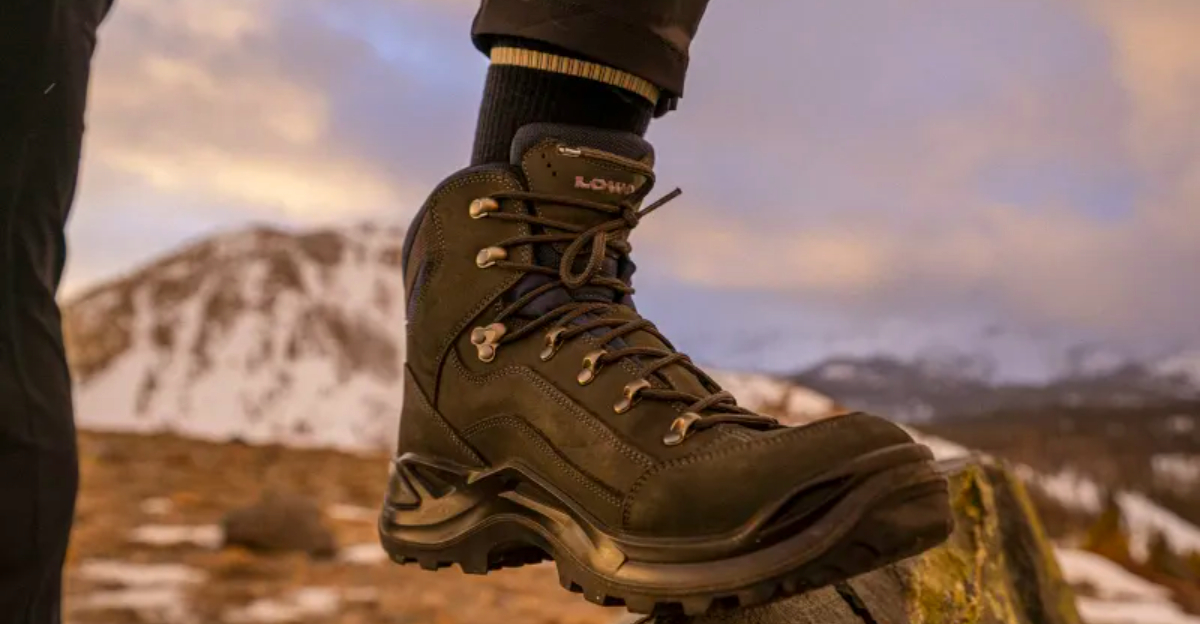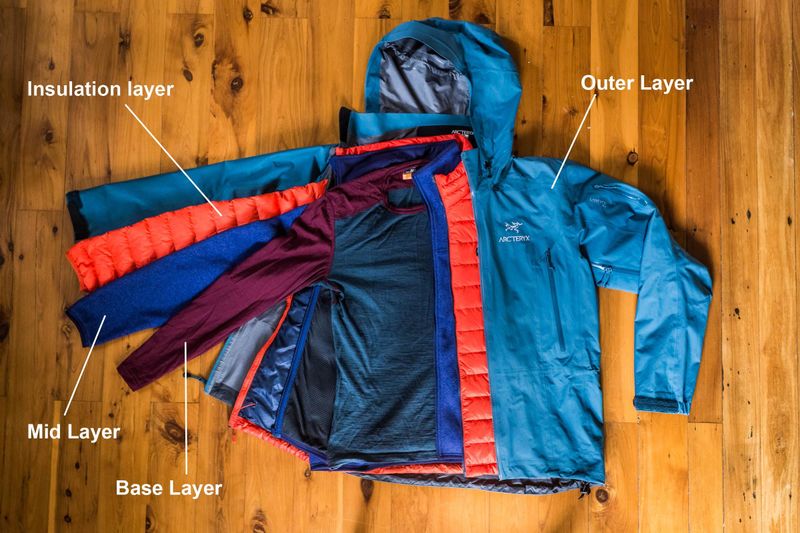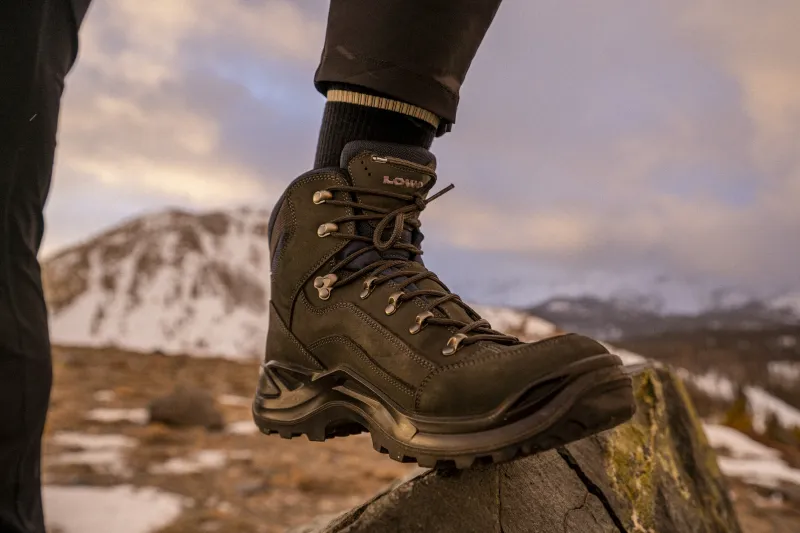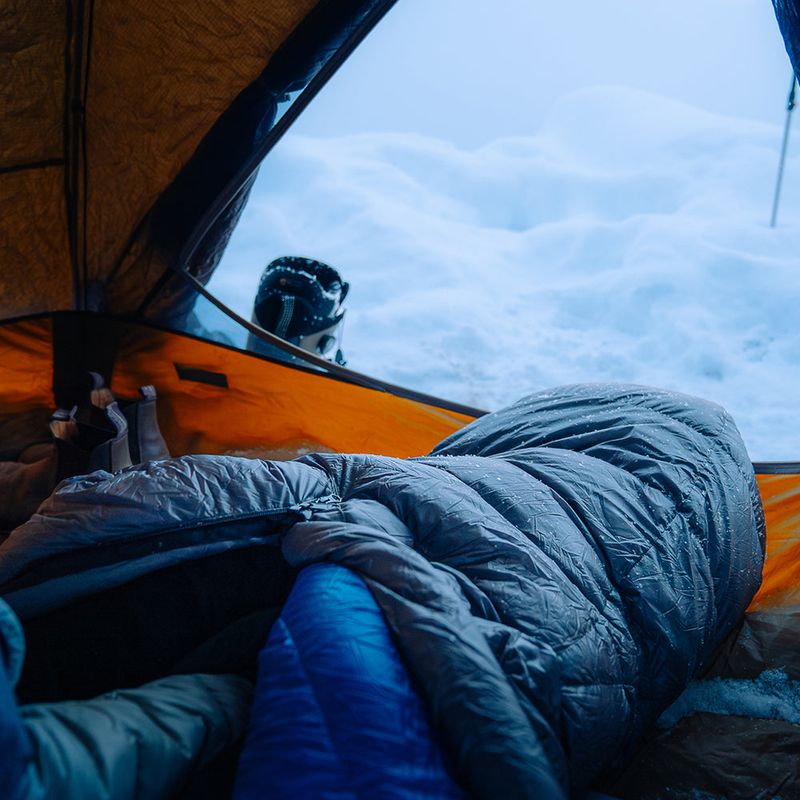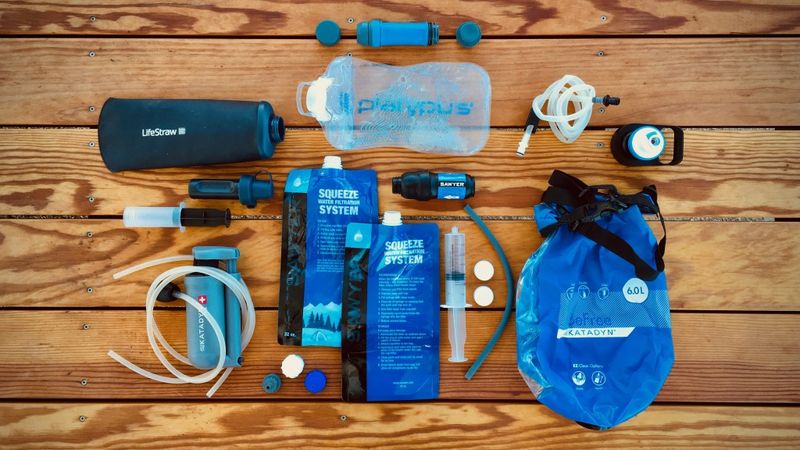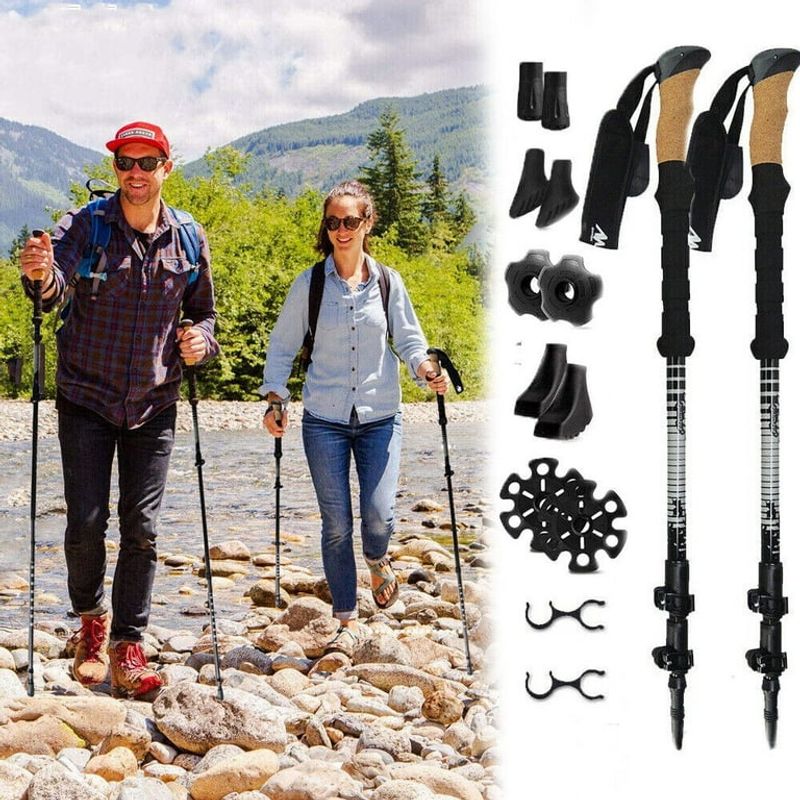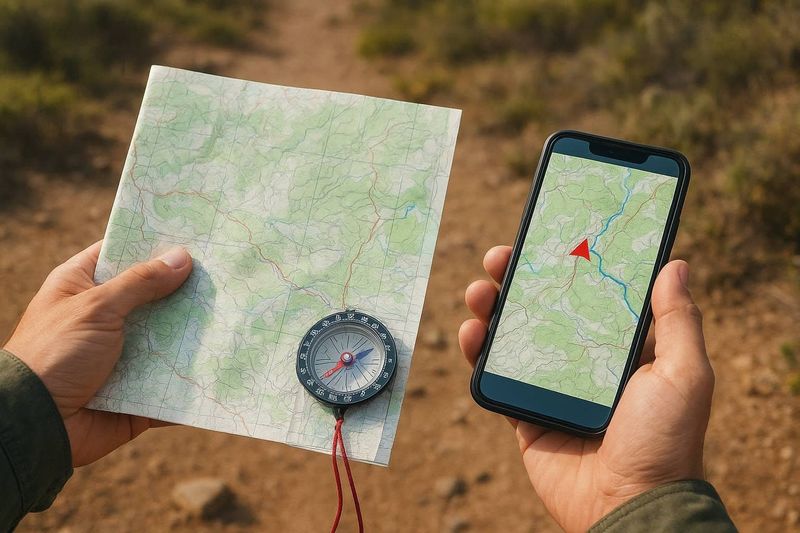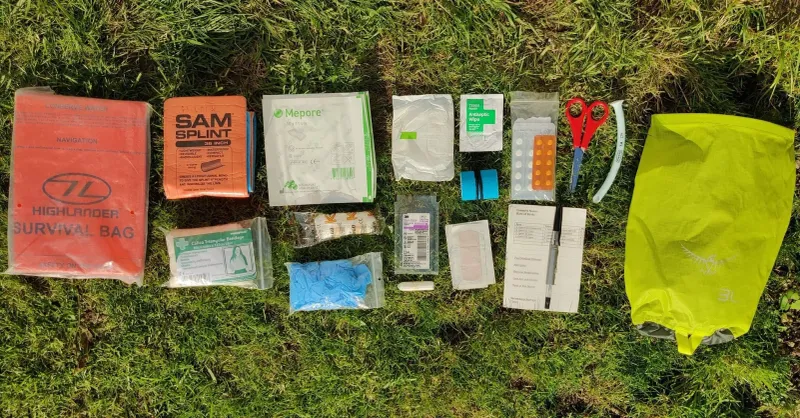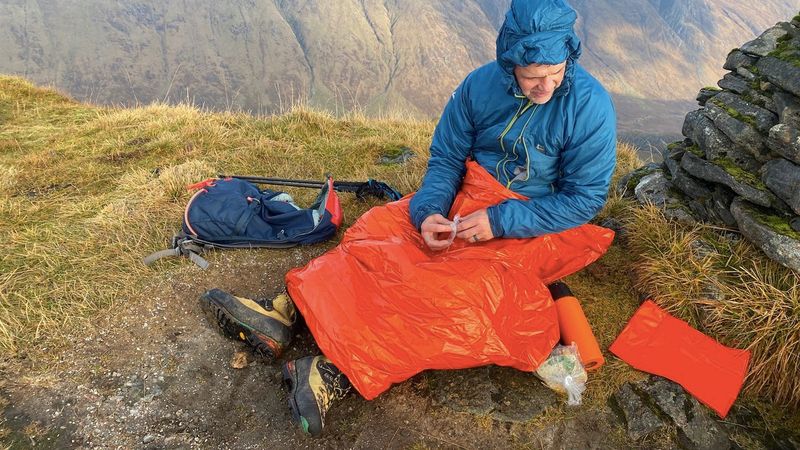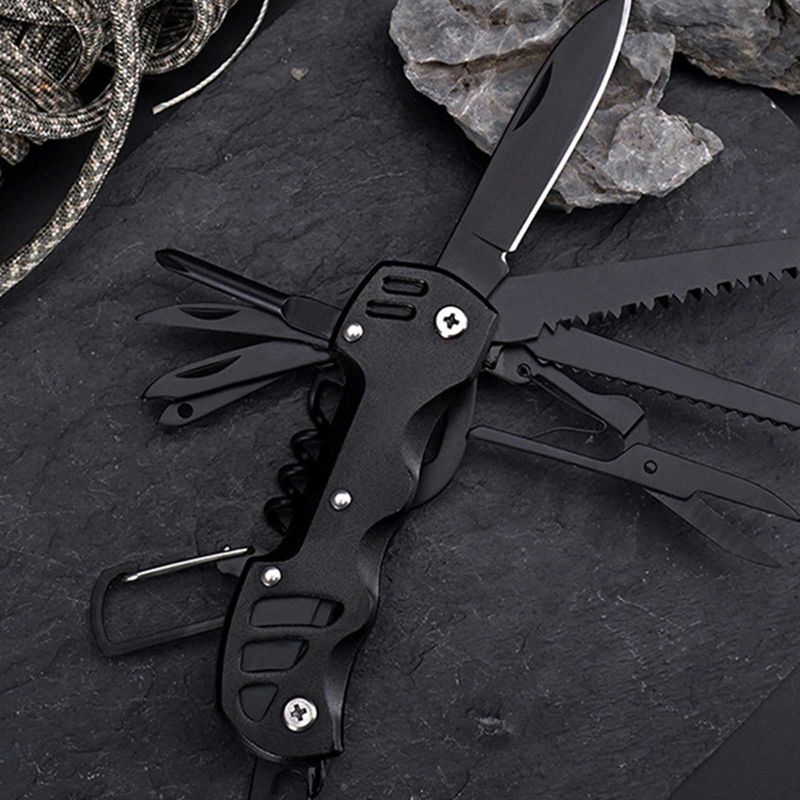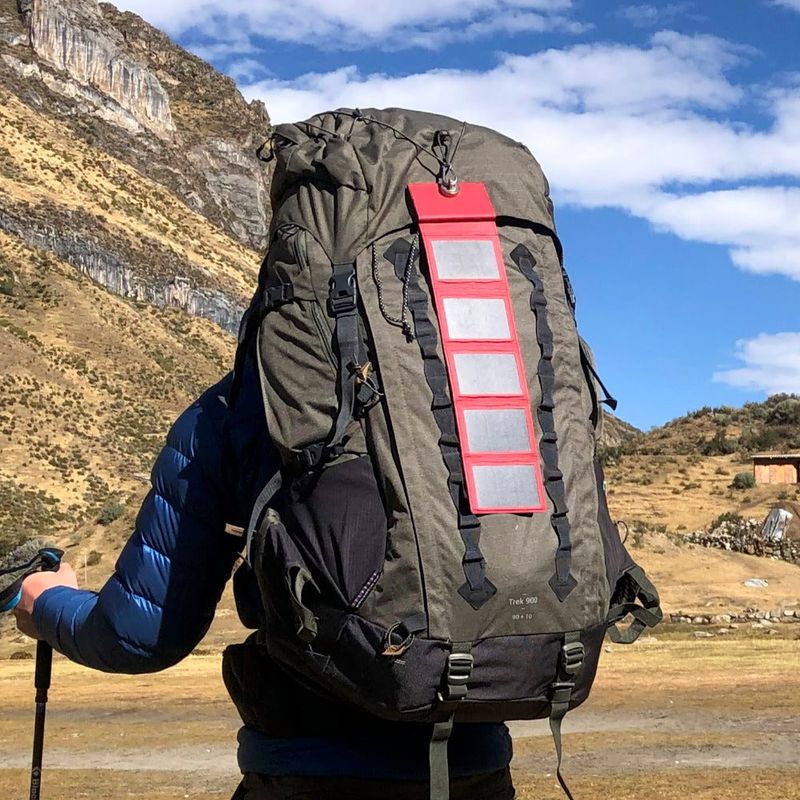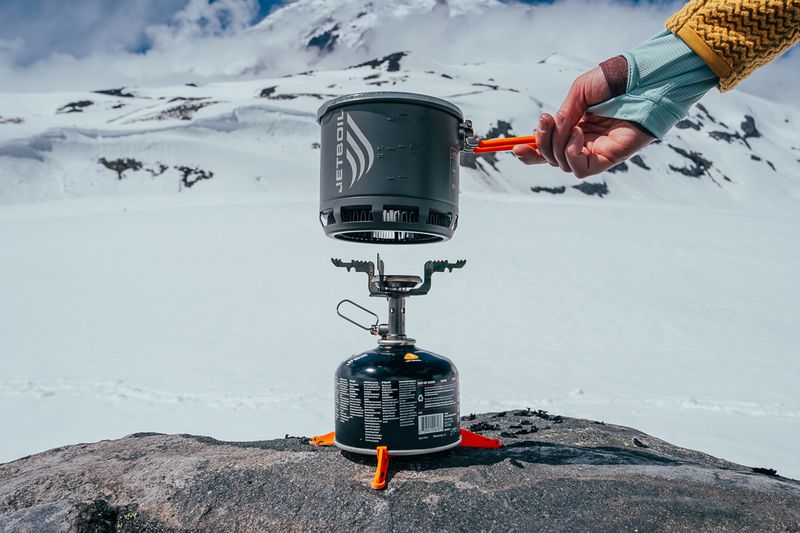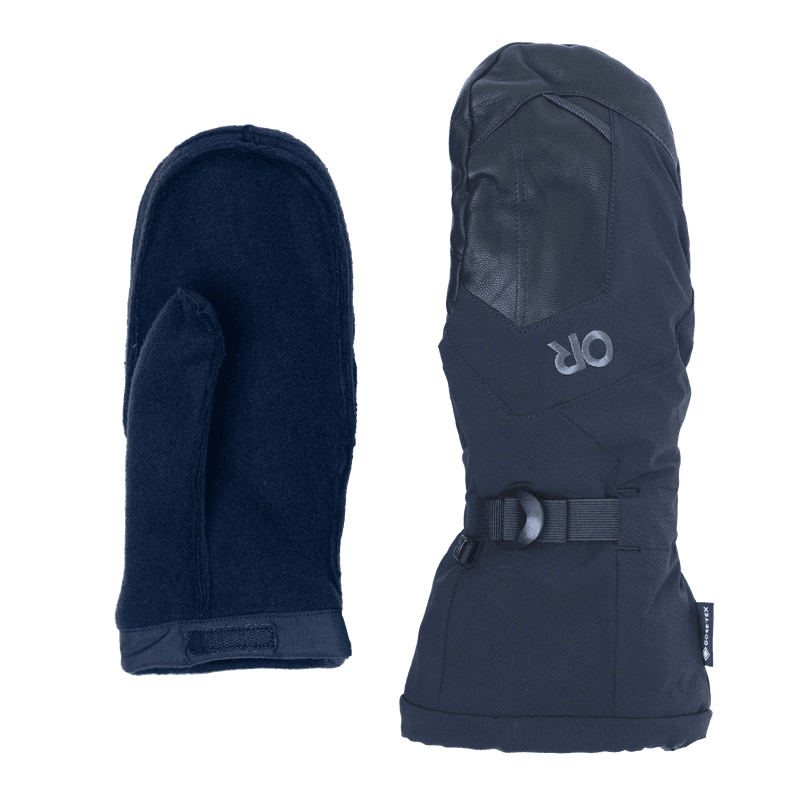Heading for the mountains requires more than just courage and stamina. High-altitude hiking presents unique challenges like extreme weather, limited oxygen, and rugged terrain. Having the right gear can make the difference between an epic adventure and a miserable experience or even a dangerous situation.
Layered Clothing System
Ever heard the mountaineer’s mantra: “cotton kills”? At high elevations, your layering strategy becomes your personal climate control system.
Start with moisture-wicking base layers made of merino wool or synthetic fabrics that pull sweat away from your skin. Add insulating mid-layers of fleece or down for warmth retention. Finish with a waterproof, breathable shell jacket and pants to block wind and precipitation.
The beauty of layers? You can add or remove them as conditions change, preventing both hypothermia and overheating.
Insulated Waterproof Boots
Your feet are your primary mode of transportation in the mountains. Treat them well.
Quality high-altitude boots feature rigid soles for stability on uneven terrain, ankle support to prevent sprains, and aggressive tread patterns for traction on loose scree and slippery surfaces. Look for waterproof membranes like Gore-Tex that keep moisture out while allowing your feet to breathe.
Pair them with gaiters—those fabric shields that wrap around your lower legs—to keep snow, mud, and debris from entering your boots during challenging sections.
Technical Backpack
A proper high-altitude pack distributes weight efficiently to prevent back strain during long ascents. Internal frame designs contour to your body while providing crucial support.
Look for capacity between 40-60 liters—enough space for essential gear without tempting you to overpack. Key features include padded shoulder straps, load-bearing hip belts, and back panels with ventilation channels to reduce sweating.
Don’t forget the integrated rain cover and multiple compartments for organizing gear. Use waterproof stuff sacks inside for extra protection against unexpected downpours.
Cold-Weather Sleeping System
Mountain temperatures plummet at night, even in summer. Your sleeping setup needs to handle these extremes.
The foundation is a mummy-style sleeping bag rated at least 10°C below your expected nighttime lows. These bags hug your body shape, minimizing the space your body needs to heat. Pair it with a quality insulated sleeping pad—this isn’t just for comfort.
The pad creates a crucial thermal barrier between you and the cold ground, which can suck away body heat faster than cold air. Some high-altitude hikers add a silk or thermal liner for extra warmth without much weight.
Advanced Hydration Solutions
Dehydration accelerates at altitude, yet freezing temperatures and increased exertion make staying hydrated challenging. Smart hikers carry multiple water vessels.
Insulated bottles prevent water from freezing in cold conditions, while hydration bladders with insulated tubes provide convenient sipping without stopping. Always pack purification methods—whether filters, UV purifiers, or chemical tablets—as high mountain water sources may contain invisible pathogens.
A clever trick: sleep with your water bottle (sealed tightly!) to prevent overnight freezing, and keep hydration bladder tubes inside your jacket where body heat prevents ice blockages.
Energy-Dense Trail Nutrition
Your body burns calories like a furnace at high elevations—up to twice your normal rate! Meanwhile, altitude often suppresses appetite just when you need fuel most.
Combat this paradox with calorie-dense, easily digestible foods that require minimal preparation. Trail mix with nuts, seeds, and dried fruits provides quick energy and essential fats. Energy bars, jerky, and nut butters offer protein for muscle recovery.
Electrolyte supplements help maintain proper fluid balance, preventing cramping and headaches. Pack foods you genuinely enjoy—palatability becomes crucial when altitude diminishes your desire to eat.
UV Protection Arsenal
The atmosphere thins as you climb, offering less protection from the sun’s powerful rays. For every 1,000 feet of elevation gain, UV exposure increases by about 10%.
Your defense strategy must be comprehensive. Apply broad-spectrum sunscreen (SPF 50+) to all exposed skin, reapplying every two hours. UV-blocking sunglasses with wrap-around frames protect your eyes from snow glare and prevent painful snow blindness.
Complete your sun armor with a wide-brimmed hat or cap with neck protection, and consider UPF-rated clothing that blocks harmful rays better than regular fabrics.
Shock-Absorbing Trekking Poles
Mountain terrain taxes your joints with every step. Quality trekking poles transform this equation by distributing impact across your upper body.
Look for adjustable poles with comfortable grips and wrist straps. Adjustability matters—shorten poles for uphill sections (providing leverage) and lengthen them for descents (reducing knee strain). Carbon fiber models offer the best strength-to-weight ratio.
Beyond joint protection, poles enhance balance on stream crossings, provide stability on loose scree, and can even serve as tent pole substitutes or impromptu splints in emergencies. They’re like having extra limbs designed specifically for mountain travel.
Multi-Layered Navigation Tools
Mountain weather can change dramatically, obscuring landmarks and trails within minutes. Never rely on a single navigation method.
Start with a GPS device or smartphone app with downloadable offline maps and a power bank for recharging. These provide precise positioning even in challenging conditions. Always carry a backup: a detailed topographic map in a waterproof case and a baseplate compass.
Learn basic navigation skills before your trip—understanding contour lines, taking bearings, and triangulating position. When electronic devices fail due to cold, battery drain, or damage, these traditional skills become your lifeline home.
Reliable Illumination System
Alpine starts—beginning hikes well before dawn—are common at high elevations to avoid afternoon storms and maximize daylight. Your lighting solution needs to be dependable and hands-free.
A quality headlamp with adjustable brightness settings illuminates your path while keeping your hands available for climbing or using trekking poles. Look for models with at least 250 lumens and a red-light mode that preserves night vision.
Always pack spare batteries, keeping them in an inner pocket where body heat prevents cold-weather power drain. Some hikers add a small backup light for redundancy—a critical safety measure.
Comprehensive Medical Kit
High-altitude environments amplify ordinary health challenges and introduce unique ones like acute mountain sickness. Your first-aid supplies must address both.
Beyond standard items like bandages and antiseptics, include medications for altitude-related issues. Acetazolamide (Diamox) helps with acclimatization, while pain relievers address altitude headaches. Moleskin and blister treatment supplies protect your feet during long descents.
Add a compact emergency whistle, survival blanket, and basic repair items for gear. Remember: professional help may be hours or days away, making your medical preparedness especially crucial.
Emergency Shelter Options
Weather shifts in the mountains can trap even experienced hikers in dangerous conditions. Carrying minimal emergency shelter can be lifesaving.
Ultralight emergency bivvy sacks reflect up to 90% of your body heat while protecting from wind and precipitation. They compress to the size of a softball yet can prevent hypothermia during an unplanned night out.
Chemical hand and foot warmers activate when exposed to air, providing hours of supplemental heat for extremities most vulnerable to frostbite. These small additions to your pack offer significant protection with minimal weight penalty—the definition of smart mountain preparedness.
Versatile Multi-Tool
Mountains have a way of creating unexpected challenges that require improvisation. A quality multi-tool puts solutions literally at your fingertips.
Look for a compact design featuring knife blades, pliers, screwdrivers, and scissors at minimum. These tools can repair broken gear, prepare food, cut moleskin for blisters, or modify equipment as conditions demand.
The best models balance functionality with weight considerations. Position it somewhere accessible—not buried deep in your pack—so you can quickly address issues before they escalate into problems that could end your adventure prematurely.
Power Management System
Electronic devices fail faster at altitude—cold temperatures drain batteries, while solar chargers work brilliantly in the thin air and intense sunshine of high elevations.
A reliable power bank with at least 10,000mAh capacity can recharge smartphones, GPS devices, and headlamps multiple times. Store it in an inner pocket to maintain optimal temperature. For extended trips, consider a lightweight solar panel that attaches to your pack, generating power while you hike.
Protect your essential electronics with waterproof cases or bags. Communication and navigation devices become critical safety equipment in remote mountain environments.
Alpine Cooking Equipment
Hot meals and drinks provide more than comfort in the mountains—they’re essential for maintaining core temperature and morale. Altitude affects cooking in surprising ways.
Water boils at lower temperatures as elevation increases, extending cooking times for dehydrated meals. Choose an efficient stove system designed for high-altitude performance, with integrated windscreens and heat exchangers that conserve fuel.
An insulated mug keeps beverages hot longer in cold conditions, while lightweight titanium cookware offers the best strength-to-weight ratio. Remember: the ability to melt snow for drinking water might become your lifeline if natural sources are frozen or unavailable.
Specialized Cold-Weather Accessories
The extremities suffer first in mountain environments. Smart hikers protect these vulnerable areas with specialized gear.
Insulated gloves with waterproof shells keep hands functional in harsh conditions, while thin liner gloves underneath allow dexterity for tasks requiring fine motor skills. Balaclavas or neck gaiters protect your face and neck from wind and cold, while being easily adjustable as conditions change.
Don’t forget your extremities—merino wool socks in various weights allow for layering, while insulated hats prevent critical heat loss from your head. These small items make a massive difference in your comfort and safety.
Physical and Mental Preparation
The most essential gear isn’t something you pack—it’s the conditioning you bring with you. High-altitude environments tax even the fittest hikers.
Cardiovascular training with elevation gain mimics the demands you’ll face. Practice hikes with a weighted pack build specific strength and reveal any issues with your gear before you’re miles from civilization. Acclimatization isn’t optional—plan extra days to adapt gradually to higher elevations.
Mental preparation matters too. Research your route thoroughly, understand mountain weather patterns, and develop contingency plans. The mountains reward the prepared and punish the cavalier.
